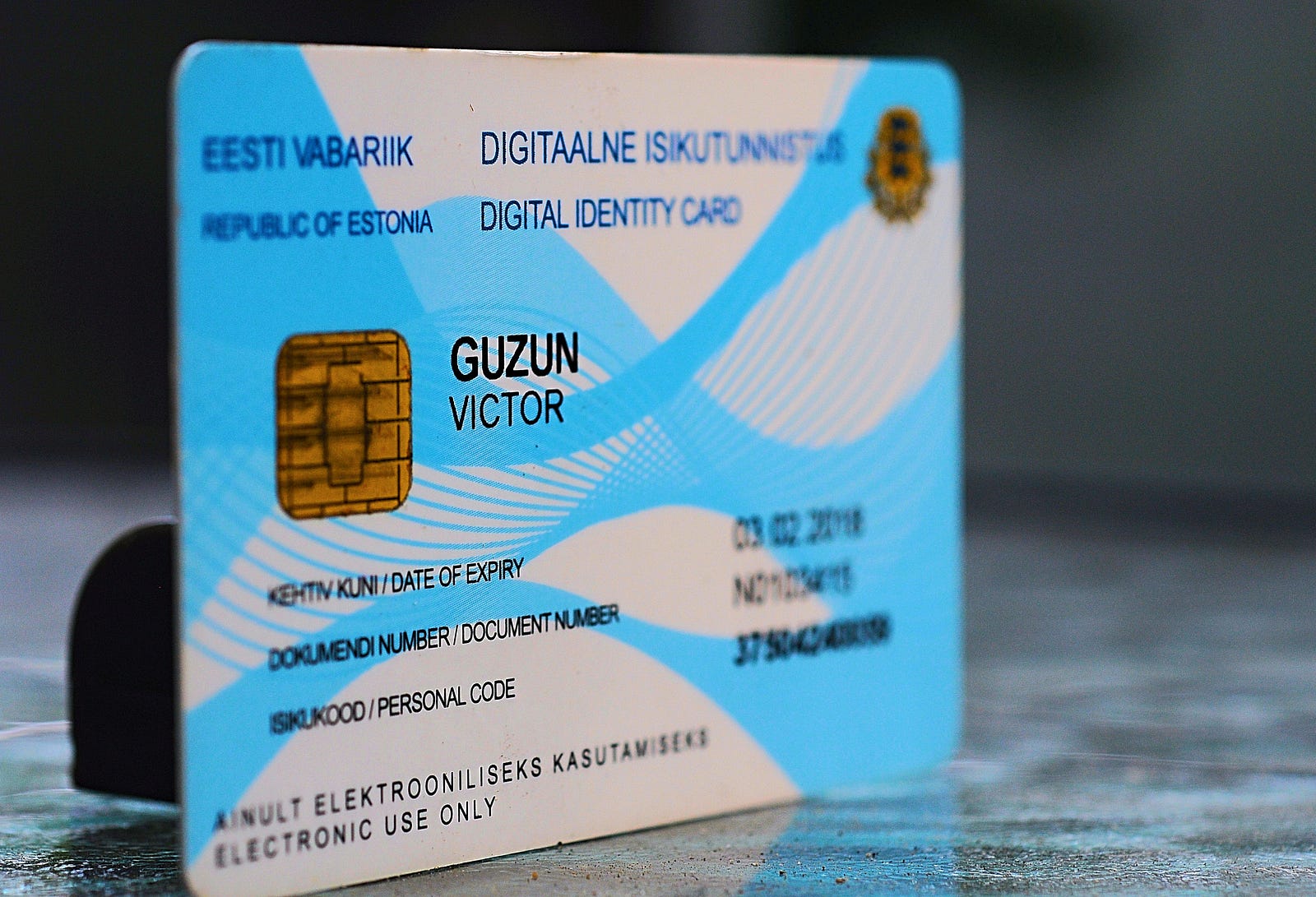Diplomacy, the art and practice of conducting negotiations between representatives of states is changing slowly but surely, including the ways of communication between the parts.
In 1274 BC, the pharaon of Egypt and the ruler of the Hittite Empire created the first known international treaty which survived in stone tablet fragments. Diplomatic correspondence written on clay tablets, known as Amarna letters, were used in Egypt, using Akkadian — the specific regional language of diplomacy. Later, diplomatic messages signed on paper were carried by envoys during their long trips to foreign countries, encrypted messages were send through submarine communications cables and now the use of secured internet-based exchange of diplomatic data is widespread. But in 2014, Estonia made a unique leap in diplomatic correspondence between Tallinn-based foreign missions and Estonian governmental bodies — the introduction of e-residency and the possibility for diplomats to use it.
I was Ambassador of Moldova to Estonia at that time and decided to apply this sollution immediately, with the main goal of using the digital signature in communication with the Ministry of Foreign Affairs and other Estonian institutions. The reason was simple — our Embassy was very little one (just 2 diplomats and one administrator-driver) and we wanted to be as efficient as possible considering the limited human and financial resources.
Firstly, imagine the usual, regular paper-based exchange of an urgent diplomatic note between the Embassy and Estonian Ministry of Justice, supposing that I was in Tartu (200km from the Embassy) for a 2-day agricultural forum, with a Moldovan business delegation.
As you may know, all Embassy notes should be signed by ambassadors. So, my choice was limited: leave the forum and delegation, drive 200 km to Tallinn, print the note, sign it, put it in the envelope, send the driver to deliver the note physically to the Estonian MFA. Later, one employee of the MFA will receive it, register and re-send it to the Estonian Ministry of Justice. This is at least half a day time lose for me and the driver, car, gasoline, paper use, also additional time and resource use for Estonian counterparts. Add here missed opportunities at the forum, useful discussions and contacts with potential partners.
With e-residency card, allowing me to sign the diplomatic notes digitally, the same procedure will take few minutes, without even leaving the conference room in Tartu or the office of a local company interested in cooperation with Moldovan producers. My securely encrypted, digitally signed note will arrive to the MFA responsible person immediately and will be re-sent to the final destination very quickly. And once you start to use it, you will remark the clear advantages immediately. I am very proud that our Embassy was the first one which started to use digital signatures and thankful to the e-residency team and Estonian MFA for helping us to learn how to swim in this new ocean, full of opportunities.
In 2013, after 3287 years from the agreement written in stone in Egypt, the prime ministers of Estonia and Finland, Andrus Ansip and Jyri Katainen, have concluded the world’s first known digitally signed intergovernmental agreement focusing on common development of e-services between the two neighbors, while remaining in their respective offices in Helsinki and Tallinn, by using ID cards.
I don’t know what archeologists in the future will say about this but of one thing I am certain — the future of digital diplomacy is born. Here and now.








